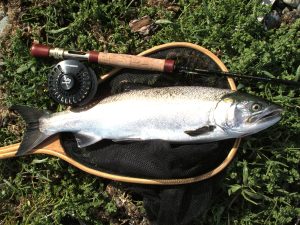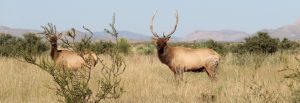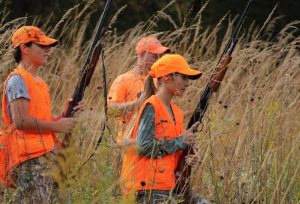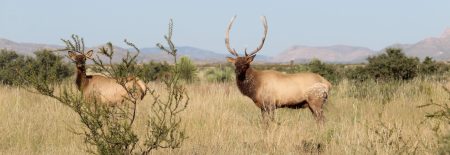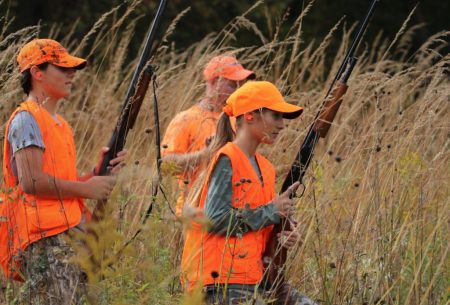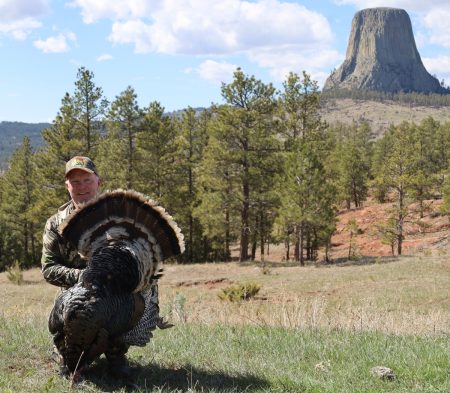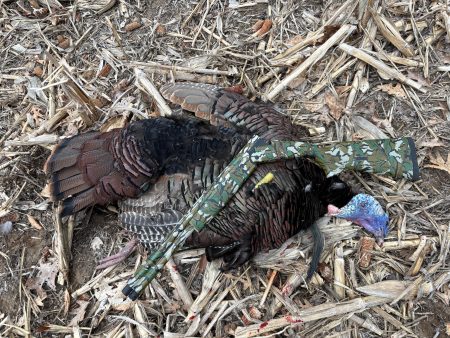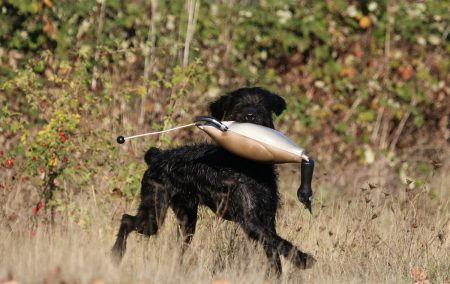Here we were, talking about a friend’s new mount. “I don’t know how to tell Jim, or if I should, but that mount he just got back doesn’t look anything like a Whitetail! It looks more like a rat with antlers than the magnificent buck he was. Horrible!,” my friend said.
Before I could agree, Jim’s and my mutual friend continued. “He must have thought he was getting a really good deal. He did tell me the guy only charged $150 for a shoulder mount and told him he’d have it back in less than three months. Actually, that should have been a clue about the quality of the mount. I wonder if he even looked at the work that taxidermist had done.
I seriously doubt it, because if he had, Jim would have taken his deer elsewhere.”
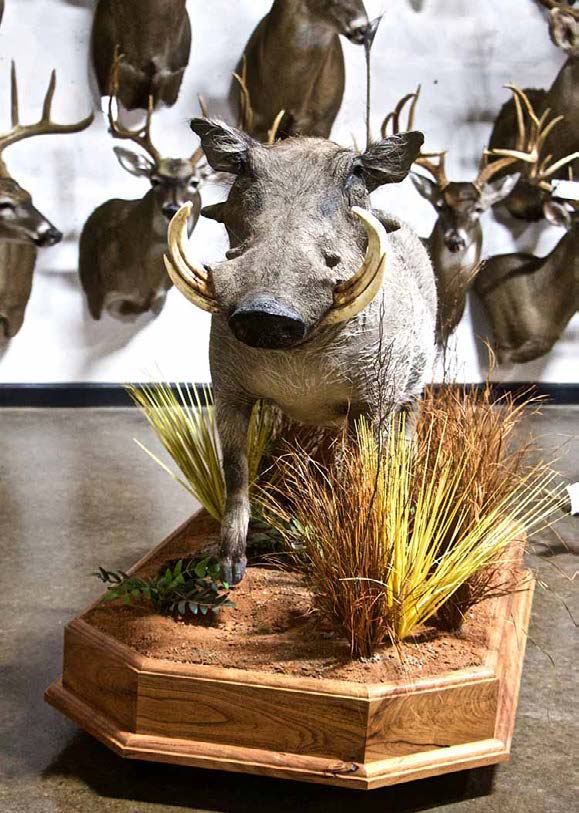
The chat continued as I told my own story. “One good thing about that mount…he did get it! Years ago, I shot a monstrous 6×6 elk in Colorado and took it to a local taxidermist who came recommended by a couple of guys in camp. Before leaving antlers and cape with him, I looked at some of his mounts. I have to admit, they looked darn good. I gave him a deposit with the promise it would be ready just before the next hunting season and that I could pick up my mount when I returned to hunt that same area the following October. Four months later, I got a call from him asking if I could pay the remainder due on the shoulder mount. He said he was working on it, would have it completed and my mount be waiting for me when I got there that fall. I told him “thank you” and said I would pick it up in September when I headed up his way. He assured me that would be fine. All sounded good and proper.
But, when I drove up from Texas in September and pulled up in front of what had been his taxidermy shop, the building was vacant. I called the phone number on my receipt. It had been disconnected. Failing to find him, I called the local sheriff. He informed me the taxidermist had essentially disappeared overnight about two months earlier, along with all the mounts, antlers and capes he had in his studio. Also, I was not the first one to call the sheriff’s office to inquire about the missing taxidermist and mounts. Try as I might, there was no record of where he had gone or what he had done with the antlers and horns that he had taken in to be mounted. We were unable to track him down, even though several of us tried. All I have of that nearly 390 B&C elk is photos and memories,” I recalled, shaking my head.
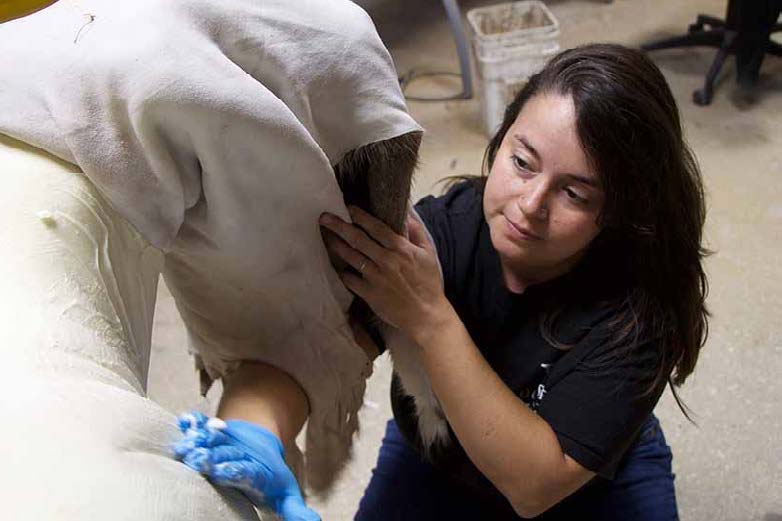
Conversely, I have dealt with many extremely fine and reputable taxidermists who have done fabulous mounts for me and did what they said they would do. I also was part owner of the taxidermy shop we had at our Los Cazadores Hunting Headquarters store in Pearsall, Texas, for a while.
Years earlier I had also mounted a fair number of “heads” for myself and others, as a way to help finance some of my hunts. Earlier, as a wildlife biologist who worked as a disease specialist with Texas A&M University’s Department of Pathology under contract with the Texas Parks and Wildlife Department, I got tremendous experience taking apart many kinds of animals. In doing so, I got to closely study their anatomy, including bones and muscles. Working very closely with live animals, I also go to see and observe their attitudes in terms of their expressions in real-life situations. These experiences led me to become a stickler when it came to taxidermy. I wanted mounts for myself and my clients that were authentic in every detail, but also those which would last several lifetimes.
Being a part-time taxidermist, a partner in a taxidermist shop, and someone involved in the business of taxidermy, I learned about using only the finest and best tanning process, high-quality glass eyes, and using artists in putting mounts together. The combination of these factors makes the finest mounts anything but cheap.
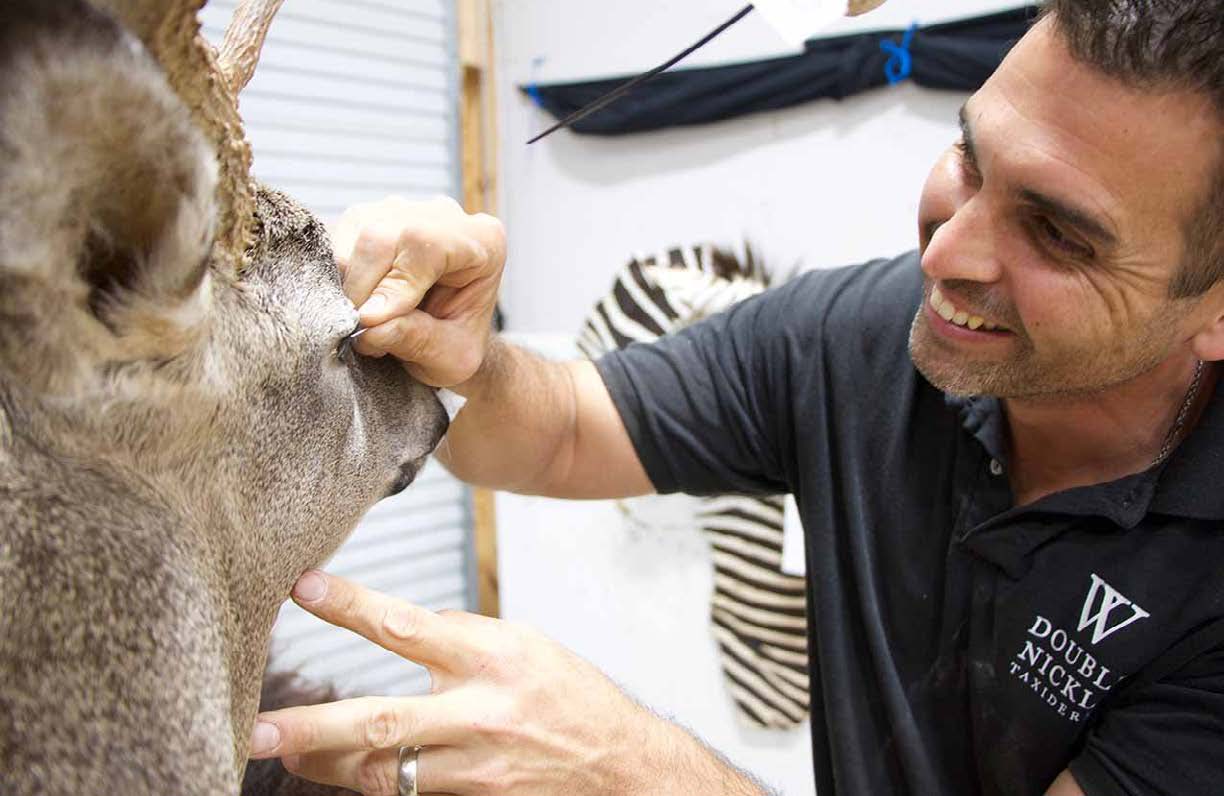
EVEN BEFORE THE HUNT
Choosing a taxidermist to do your mounts should not be based purely on cost, nor how quickly a mount can be prepared and returned to you, however. Finding the right taxidermist should start long before you go hunting or even expect to take an animal you wish to have mounted in the future.
I suggest that you visit the studios of several taxidermists in your area to see the quality of work they do. Do not look only at their showroom, where finished mounts are displayed. Also ask to see where the taxidermy is actually done so you can see their taxidermists at work. Most larger shops employ several taxidermists, each generally having a little different talent. In a larger shop, one taxidermist may specialize in deer, another in elk, and others in North American big game. Some might specialize in bears and cats, or in African game; another possibly in birds and still another person in fish.
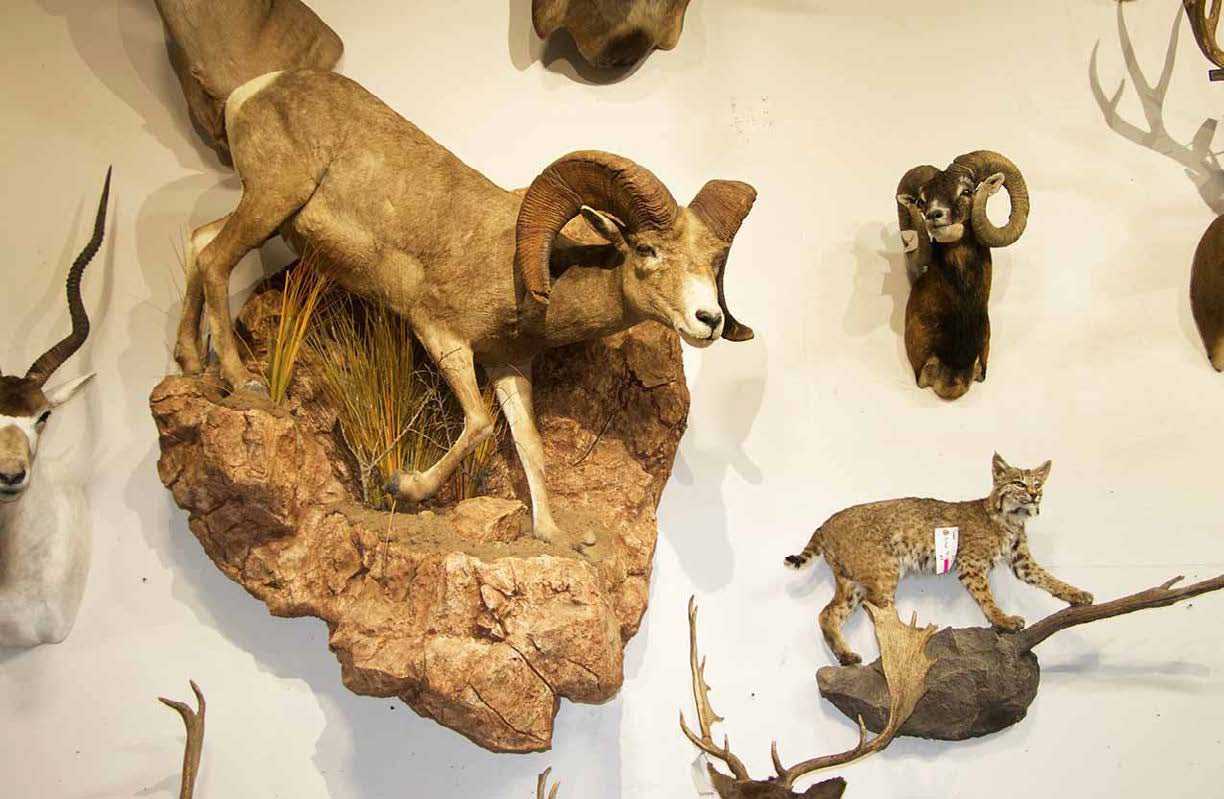
ASK ALL THE QUESTIONS
While at a taxidermy shop for an exploratory visit, ask if capes are professionally tanned. Be sure to ask how to best deliver the animal you wish to have mounted. If you are traveling abroad for your hunt, and you like the shop’s artistry, ask if they provide taxidermy tags that have the taxidermy shop’s address and phone number, and also the expediter and shipper contact information, as well as your name and address. Traveling abroad, I usually take four such tags for each animal I intend to take. These would then be used for the skull and horns/ antlers, another for the cape, one for the back skin (which I usually also have tanned), and an extra one just in case.
If I plan on hunting out-of-state, I ask about special permits that might be needed to bring antlers, horns, skull and skins across state borders. Or, in the case of CWD (chronic wasting disease) regulations, I ask what is allowed or required when crossing state lines, including bringing antlers and cape back to your home state. Also ask how the taxidermy studio wants to receive the cape: simply still on the head, fully caped, frozen or cooled, or fully caped including the ears and splitting lips. Do they want capes and skins salted? Additionally, I asked how they prefer to have animals skinned for a shoulder mount. This determines whether I cut up the back, in the case of a horned or antlered animal, or whether the animal is “socked” or “tubed,” with no cut up the back of the neck when removing the cape or head skin. With bears or cats, ask if the shop wants them skinned in the traditional manner (along the belly line), or whether they want a dorsal cut made along the top of the back. Then ask to be shown how these cuts should be made. Even though you may not skin the animal for a mount, you will have a better understanding of expectations and can advise and/or oversee whoever is doing the actual skinning of your animal.
I will be upfront. I have one taxidermy shop that does all my mounts: Double Nickle Taxidermy, located between San Marcos and New Braunfels, Texas ( about halfway between San Antonio and Austin). The shop is owned by Jon Wilson. Besides being a very talented taxidermist, Jon is also a sound businessperson with an understanding of the business side of taxidermy. He pays great attention to detail in terms of mounts and in working with clients to ensure they end up with a mount they will be proud of, and one that will last many years.
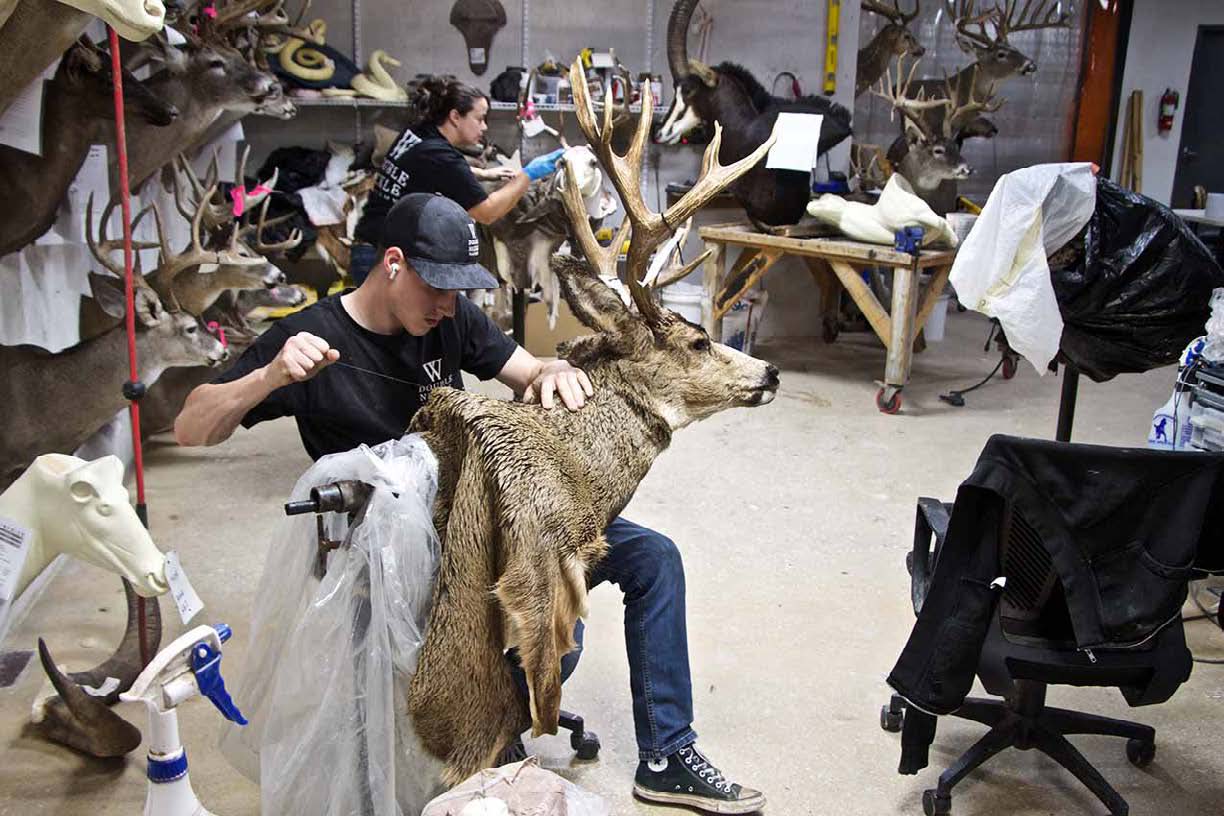
but also ask to see the taxidermists at work.
Jon employs numerous taxidermy artists. As he says, “I learned quite a while ago to hire the very best taxidermists, and that starts with the skinning process on through to cape preparation, doing the mount, and the finishing process of all mounts. We spend a lot of time with our taxidermists in regard to learning the anatomy of the many species we mount from throughout the world. We’ve taken several of our taxidermists/ artists to Africa, where they could observe and then hunt numerous species. We’ve done the same here in North America. This gives them the opportunity to see expressions, the positions of ears when the animals are not disturbed, and the daily lifestyle and habitat. Then, when they or others in the group shoot an animal, they can take that animal apart to learn about bone structure and muscles. This also gives those who finish our mounts the opportunity to see the actual real-life colors of the inside of the ears, the nose, and the immediate area around the animal’s eyes.”
Recently while picking up a mount at Double Nickle Taxidermy, I spent time looking at some of the details they pay attention to, including how the skin meets and blends in with hoofs, such as on full or half-body mounts, or where the skin meets antlers and horns, particularly when a buck deer was still in velvet when it was taken.
Pedestal mounts, which include full shoulders and are secured on a pedestal rather than hung on the wall, are becoming more and more popular. If this is something of interest to you, when you visit a taxidermist, pay attention to details like finish around the eyes and whether you can see any “sew lines” up the back of the neck. Look at the sculpted bone and muscle structure around the face and ears. (Actually, you should do the same even if you want a shoulder mount to hang on the wall.) If looking at a full-body mount, is the animal standing or laying on a log or rock? Is vegetation included in the base? If so, pay close attention to the base. Does it look like a real log or rock? Does the vegetation look real?
In the case of Double Nickle Taxidermy, I can say “yes” to those questions, but also “no” to whether sew lines are visible.
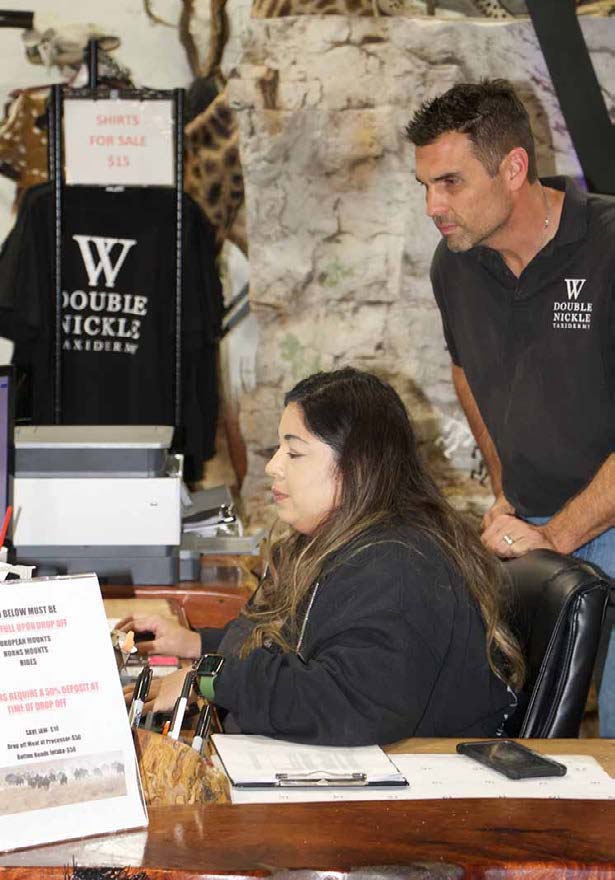
MORE TO LOOK FOR
When in a taxidermist’s showroom, be sure to look at the many different poses available for specific species. Look at left and right turns (in the case of big game species, meaning from the animal’s perspective,) For wall-mounted animals, look at ear positions. Traditional mounts done many years ago usually had the animal looking straight forward, with ears in an upright, forward position, and usually placed on a wooden panel. Today’s taxidermists present mounts in much more natural positions in terms of poses and ear positions.
If you wish to have a turkey, quail, grouse, pheasant, duck or goose mounted, ask the taxidermist how to best protect the feathers while in the field or en route to the taxidermy shop to best ensure a high-quality mount. Do the same with fish. Ask whether you should freeze the bird or fish, and if so, what sort of wrapping is recommended. In terms of fish, most taxidermists these days will recommend a replica of your fish, because of the quality of replicas available these days. Replicas will last a whole lot longer than using the actual fish’s skin and head.
Also ask about the specific measurements that should be taken to ensure the replica is exactly the same size and shape of the fish you caught. You’ll want to ask about taking photos of your catch, too, so the artists who paint “your fish” can have it come out looking exactly like it did the moment you caught it.
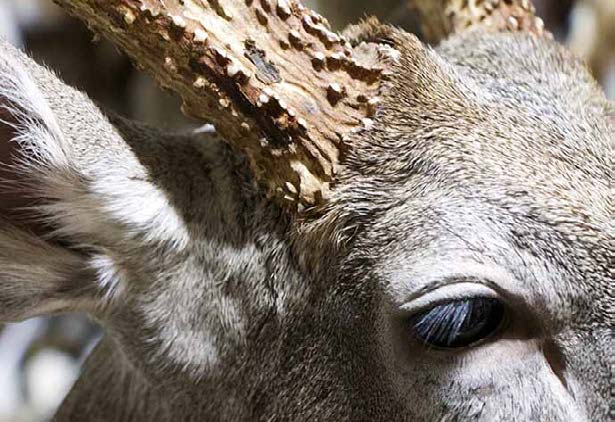
antler fits, and sculpted muscles and bones, including ear butts on deer with
wrinkles.
Taxidermy costs are rising, particularly for high- quality mounts. Products used for taxidermy are getting more difficult to come by and their prices have dramatically increased. The scarcity of products sometimes causes delays in getting your mounts in a timely manner. Unfortunately, taxidermists do not have any control over those matters
Remember, quality taxidermists are artists! They are not magicians! If skins are delivered in a deteriorated condition, or badly cut, there is no way taxidermists can do the quality mount you hope they will. Should capes and skins arrive in bad condition, a good taxidermist will tell you your capes are ruined or unfit to be mounted.
They may suggest not mounting the animal, or possibly using a replacement cape, which will cost extra. The latter does not often happen, but it is a possibility.
Choose your taxidermist well and they will provide an artistic and real-life mount for you that your great- grandkids will admire many years from now!
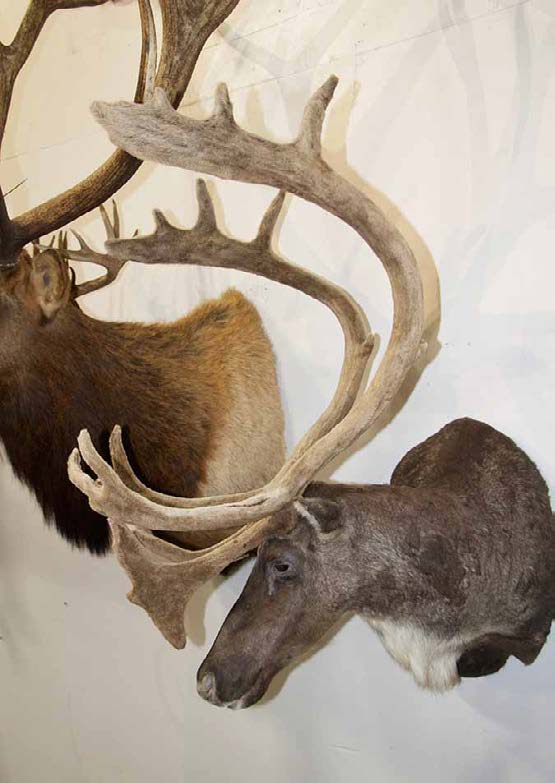
the taxidermist doing the mount.
Read Also: Ryan Fairs article: Mastering Deer Trophy Preparation, Tips your Taxidermist wished you knew
Per our affiliate disclosure, we may earn revenue from the products available on this page.

